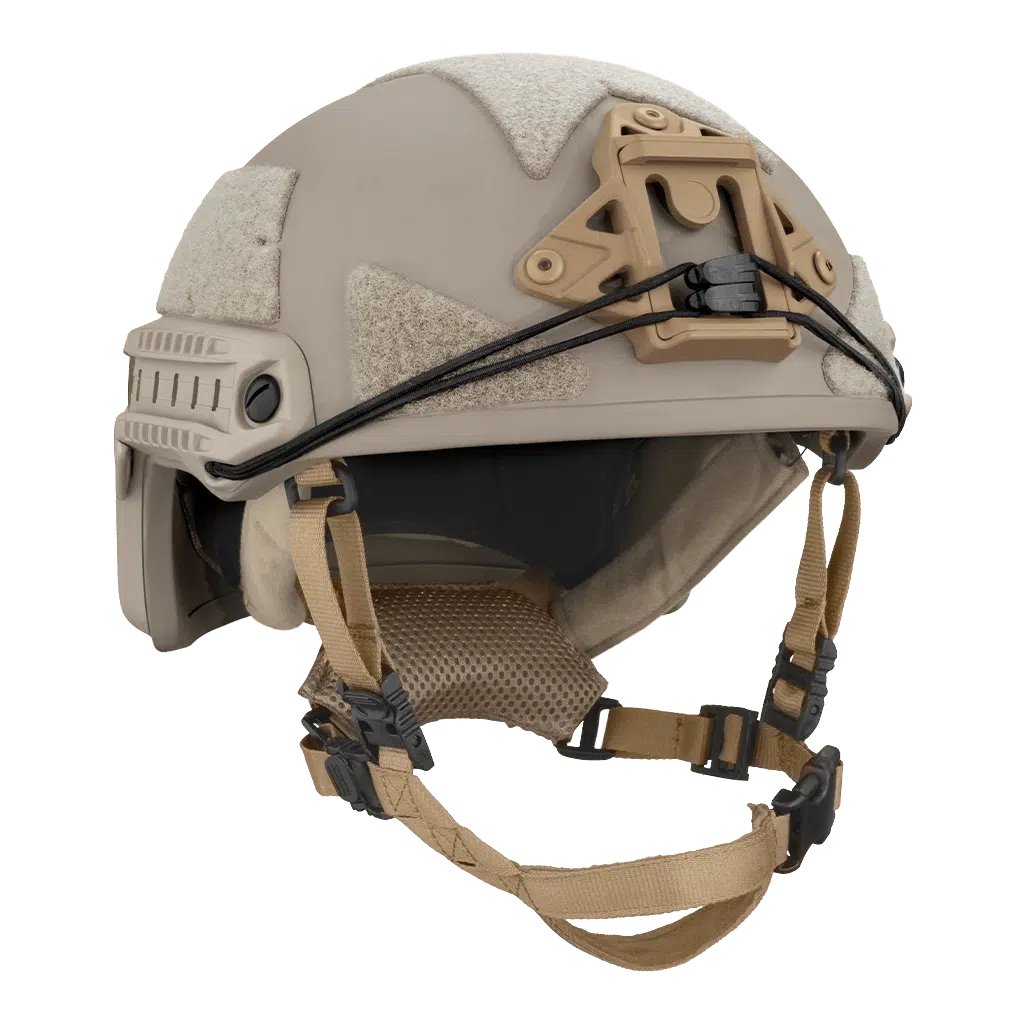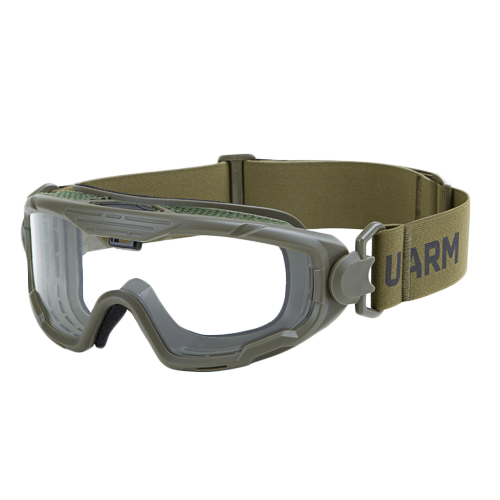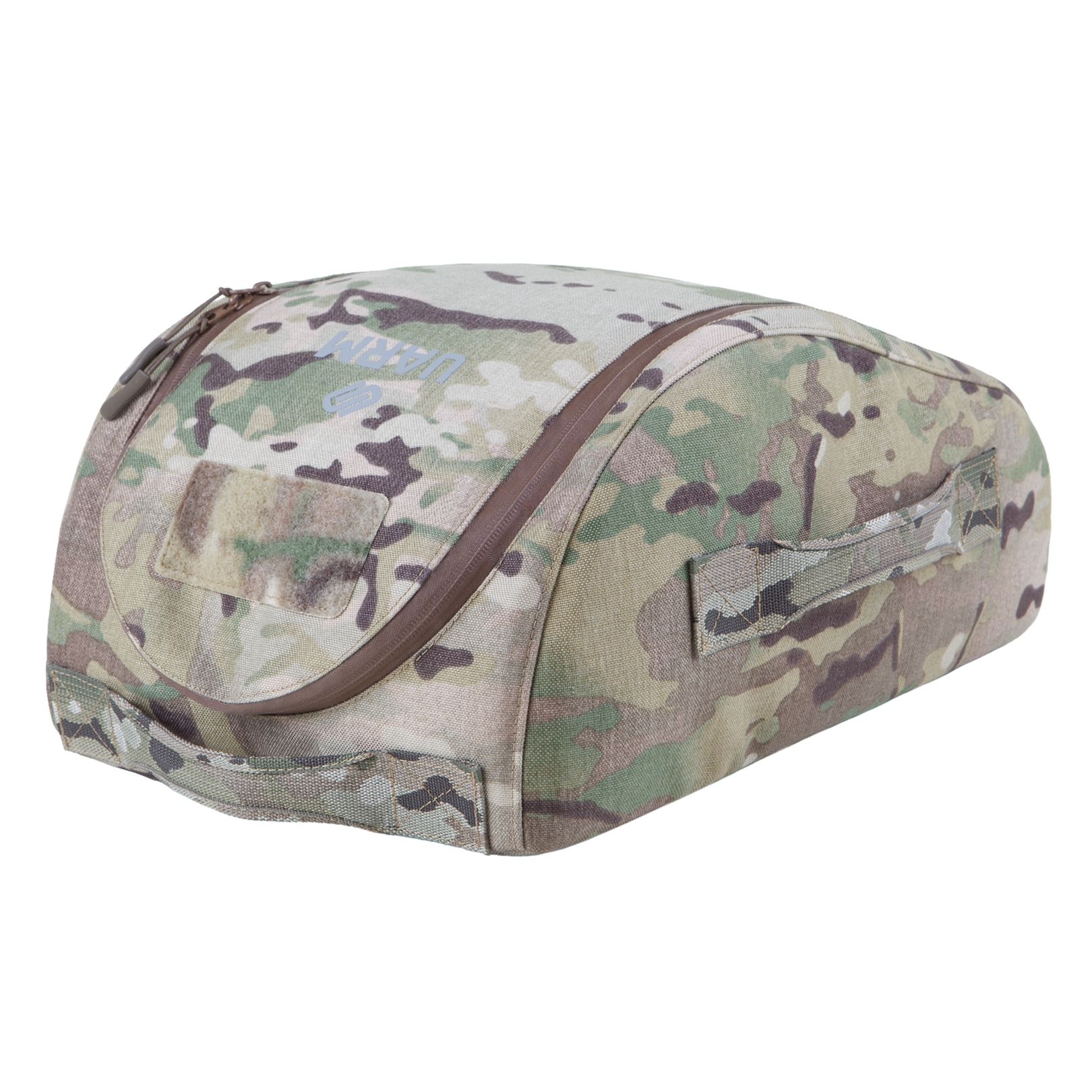Helmets
6In Stock
Sort by Relevance
- Relevance
- Lowest price
- Top customer rating
- Highest price
Sort by Relevance
Sort by
- Relevance
- Lowest price
- Top customer rating
- Highest price
In Stock
Size
M
L
XL
Color

MultiCam
Coyote
Ranger Green
Black

Tan
Shop By
Popular
8
Military
8
Security
8
Law Enforcement
8
Gun Owners
8
Promotion
8
Advanced Filters
Protection Level
Level 2 body
armor
8
Level 2 body
armor
8
Level 2 body
armor
8
Level 2 body
armor
8
Level 2 body
armor
8
Level 2 body
armor
8
Protection
Level 2 body
armor
8
Level 2 body
armor
8
Level 2 body
armor
8
Level 2 body
armor
8
Level 2 body
armor
8
Level 2 body
armor
8
There is a wide debate, though mostly online, about the effectiveness of military helmets. It seems that some people believe that just because a ballistic helmet won’t stop a .50cal rifle round that it becomes not worth your fresh do.
As you might imagine, that is nonsense. There is a good reason why our armed forces invest so heavily in helmets and why it is a requirement to wear yours at all times when in the field. Helmets save lives, and they have allowed many of our brothers and sisters to come back from their service.
Quick Q&A:
Q: Will a helmet stop a bullet?
A: Yes, anything up to a .44cal Magnum.
Q: Would it stop a knife?
A: Yes. IIIa armor is stab and slash-proof.
Q: Is it dangerous getting shot with a helmet?
A: Much less than being shot without one.
These helmets work by using dissipation, deflection, and deception to protect our most valuable weapon, our brain. They are not as durable as hard body armor, going only to NIJ Level IIIa, but they will protect from any handgun, including a .44cal Magnum.
In the past, there were a lot of government penny pinchers who didn’t want to buy helmets for the troops because of the increase in gear price. But now there are good and affordable bulletproof helmets for sale online.
Ballistic vs. Protective Helmets
There is little chance that you might mistake a ballistic military helmet to a protective or bump helmet. Primarily, there is a weight difference with the former weighing about four times as much.
That being said, they both work on the same principle. Any impact hitting the head is supposed to bounce using the shell and the dissipating inner mass and reflect on the helmet, avoiding the wearer as much as possible.
But, a bulletproof helmet has an added layer to prevent fast projectiles, aka bullets, from piercing the structure and hitting the head.
Operative Levels of Head Protection
There is a reason why there are no ‘’hard plate helmets’; the weight. While three or four pounds are nothing on your back, they become much heavier.
And, there is little point in protecting your scull if your neck is going to break.
In both combat operations and SWAT missions being hit in the head with a rifle is relatively rare. Most injuries are from debris and IEDs. Thus, keeping your troops mobile and maneuverable is vital for security and safety. And the Level IIIa armor offers full head protection from flying debris and indirect explosive shrapnel.
Additional Gear
While the first job of any ballistic helmet is to ensure security from a head injury from flying debris and shrapnel, it shouldn’t end there. All gear should be adjustable to the situation, as well as the user.
Ideally, your headgear should have additions to place communication devices, as well as optics, without the need for handheld devices. These devices can often create a decisive benefit for both the mission and the combatants.
Additionally, by using IP cameras and earpieces, the CO can see everything that is happening in the field and make quick strategic and tactical decisions. And the relay of these orders can be completely silent to the enemy.
How Helmets Stop Bullets
The NIJ certifies military helmets as Level IIIa protection, meaning that they are, technically, soft armor that will protect from almost any handgun ammunition.
But, for a soldier stationed overseas, a ballistic hit is not the main concern, not nearly as much as an IED. And often these explosives are made to cave in structures and passages, forcing rocks and other debris on the soldier. Here is where the helmet protects completely.
For SWAT teams this is an even bigger concern, as they are often attacked by blades, thrown weapons, and similar devices that would in the past incapacitate an officer, and are now virtually harmless.
Once struck, the helmet dissipates the impact force to the entire area and tries to reflect as much of the force back to the outer shell. For rounds and impacts that can't penetrate the helmet, there is much more dangerous to the wearer's neck than the cranium. But, anything short of a wound up baseball bat hit to the back and the wearer should be fine.
Conclusion
Any serious mission needs a helmet. Not only will they protect you from a pistol round, but will also save your head from explosive shrapnel, debris, as well as blades and blunt objects.
Even a small head injury can leave us incapacitated for days, or even permanently. That is why everyone who uses their head should protect it the best way they can.


